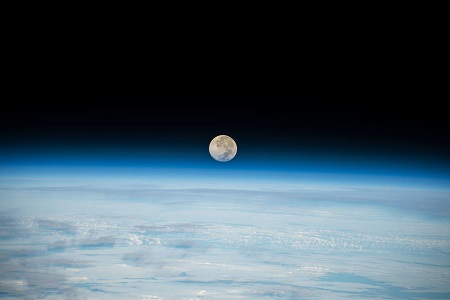NASA has allocated nearly $1.5 million to academic, non-profit, and business organizations to advance cutting-edge technology needed for the agency’s upcoming Mars missions and lunar return. A total of 21 organizations have been chosen to undertake 24 projects under NASA’s Dual-Use Technology Development Cooperative Agreement Notices (CANs). These projects aim to pioneer innovative solutions and close technology gaps with guidance from experts at NASA’s Marshall Space Flight Center in Huntsville, Alabama.
The importance of collaboration with US industry and academia in developing necessary technologies was emphasized by Daniel O’Neil, Manager of NASA Marshall’s Technology Development Dual-Use CAN Programme. Projects range from utilizing lunar regolith for construction on the Moon to enhancing neutrino particle detection capabilities. Leading academic institutions such as the Florida Institute of Technology and Northwestern University received funding for multiple projects, highlighting their key role in advancing space exploration technology.
This funding opportunity aimed to support entrepreneurial research and innovation while benefiting the commercial space sector and aligning with the goals of future NASA missions. The 2024 solicitation cycle is now open for applications, inviting further contributions to drive technological advancements essential for the future of space exploration.
